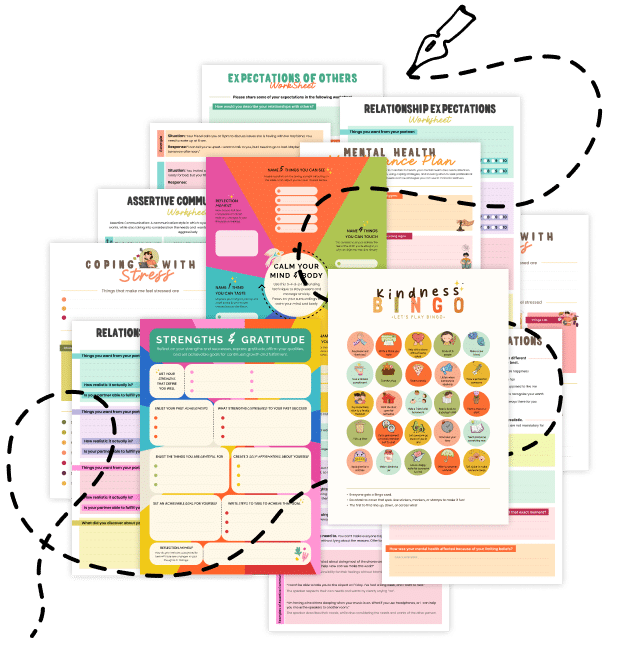20 Things About The Shadow Self in Performance
Shadow Self in Performance means recognizing and integrating the hidden or less acknowledged parts of your personality. In the context of performance—whether in art, sports, or work—understanding and working with your shadow self can unlock untapped creativity, foster resilience, and lead to more authentic self-expression. Here are 20 insights to help you harness the power of your shadow self for improved performance.
1. What Is the Shadow Self in Performance?
The shadow self represents the aspects of your personality that you might typically ignore or suppress. In performance, these hidden traits can both hinder and empower your abilities.
2. Roots in Jungian Psychology
Originating from Carl Jung’s theories, the shadow self is a natural part of everyone’s psyche. Acknowledging it is key to personal growth and improved performance.
3. Embracing the Unconscious
Your shadow self consists of unconscious beliefs and emotions. Tapping into these can reveal hidden strengths that enhance your creative expression.
4. Impact on Emotional Expression
Unaddressed shadow aspects may lead to performance anxiety or self-sabotage. Bringing them into awareness allows for healthier emotional regulation.
5. Unlocking Hidden Creativity
When you integrate your shadow self, you often uncover unique perspectives and ideas that can fuel innovative performance techniques.
6. Overcoming Self-Sabotage
By recognizing shadow-driven behaviors, you can prevent self-sabotage and develop strategies to perform with greater confidence.
7. Building Authenticity
Acknowledging all parts of yourself, including the shadow, leads to a more genuine performance. Authenticity resonates deeply with audiences.
8. Enhancing Self-Awareness
Working with your shadow self increases your self-awareness, helping you understand your triggers and better manage stress during performances.
9. Turning Vulnerability into Strength
Embracing vulnerability as part of your shadow can transform perceived weaknesses into sources of strength and artistic depth.
10. Improving Emotional Resilience
Integrating your shadow self builds resilience by helping you confront and work through fears and insecurities that impact performance.
11. Encouraging Personal Growth
Exploring your shadow self is a journey of self-discovery that can lead to continuous improvement in both your personal and professional life.
12. The Role of Reflection and Journaling
Regular reflection through journaling can help you identify recurring shadow patterns and work toward integrating them into your performance style.
13. Leveraging Feedback
Constructive feedback from peers or mentors can reveal shadow aspects you might not notice, offering opportunities for growth.
14. The Power of Mindfulness
Mindfulness practices enable you to observe your shadow without judgment, creating space to understand and integrate these aspects productively.
15. Enhancing Stage Presence
Performers who acknowledge and integrate their shadow often exhibit greater stage presence, as they convey authenticity and depth.
16. Working with a Coach or Therapist
Professional guidance can facilitate shadow work, helping you navigate challenging emotions and integrate them into your performance constructively.
17. Transforming Inner Criticism
Reframing harsh self-judgments as part of your shadow can lead to more compassionate self-talk and improved confidence on stage.
18. Balancing Light and Dark
A harmonious performance often results from a balance between your conscious strengths and the raw, unfiltered energy of your shadow self.
19. Embracing the Journey
Shadow work is ongoing. Embrace it as a continuous process that enriches your understanding of yourself and elevates your performance over time.
20. Related Topics to Explore
- Self-Compassion Training: Learn techniques to nurture a kinder, more supportive inner dialogue.
- Mindful Acceptance: Explore strategies to observe and accept all parts of yourself without judgment.
- Psychological Flexibility: Understand how adapting to changing inner experiences can boost overall performance.
- Locus of Control Reframing: Discover ways to shift your focus from external factors to internal strengths.
Quick Tips to Boost Shadow Self in Performance
- Reflect Regularly: Use journaling or meditation to explore and acknowledge your hidden emotions and thoughts.
- Seek Professional Support: Consider working with a coach or therapist to guide you through shadow integration.
- Embrace Vulnerability: Allow yourself to be open and authentic—vulnerability can lead to powerful, relatable performances.
- Practice Mindfulness: Develop mindfulness routines that help you observe your inner state without judgment, fostering acceptance and growth.
By understanding and integrating your shadow self, you can transform hidden challenges into sources of creative power and authentic expression. Embrace every aspect of yourself to elevate your performance to new heights!


